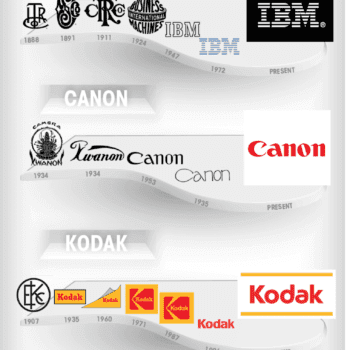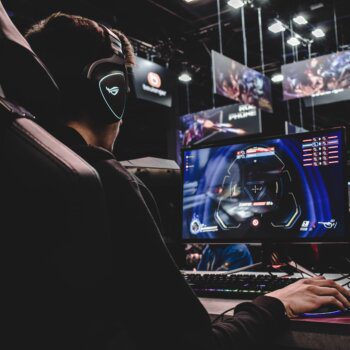The world of ride-sharing startups is ripe with investment failures, technical failures and even some outright fraud, but one thing is certain: Uber is still the king of them all, controlling a vast majority of the ride-sharing market out there, with 8 million users, hundreds of thousands of drivers and about a million rides each day.
Many other Uber “clones” or competitors popped up over the years, with virtually all of them offering the same service model, where drivers go through an application process to qualify, their vehicles are inspected, a background check is performed and eventually they are allowed to use a mobile app to get customers while paying 20-30% of the amount of fares back to the company. Customers almost always pay via a credit card and depending on the market, time of day and other factors, Uber or the other ride-sharing companies keep a good percentage of the fare cost.
Many drivers absolutely hate this model, and here is why: it’s completely centralized. Drivers and riders have no control on any of the ride sharing aspects of the transaction. Uber decides what rider is paired up with a driver. Uber decides the payment method, the amount and the fees associated with it. Worse, Uber will not even allow drivers to operate if they drive older vehicles or specific makes and models.
Cell 411 Inc., a small startup focused on user safety and emergency management wants to change this. In the latest Version 5 of their platform and mobile app, they introduced a fully decentralized ride-sharing option. What does this mean? Well, it means that their ride-sharing model is the exact opposite of how Uber and Uber-like companies do things. There are no background checks, no requirements to drive certain year car or model. There are no fees, and no centralized controls on pricing and methods of payment. Literally, the users are in full control of all aspects of ride sharing.
Users willing to offer rides using Cell 411 even have full control on the pricing formula. Drivers can edit their own pickup cost, per-minute and per-mile costs before providing a final cost to riders, thus employing a bid-like system where drivers compete for rides from various users, giving users options and encouraging competition.
With about 64,000 world-wide users on their platform, Cell 411’s user base is tiny in comparison to Uber, but their revolutionary, one of a kind model can become a real threat to Uber’s dominance. With no “how do I apply to drive for you” questions to be answered, drivers are flocking to Cell 411 trying to avoid losing 20-30% of their fares to a central authority. Not only that, but drivers are able to accept any payment method they wish. There are payment methods like Cash, Silver, Cryptocurrency (like Bitcoin), Credit Cards and even Bartering. Yes, with this model you can literally offer someone a ride in exchange for a burger or a joint!
This fully decentralized ride sharing model has not been tested before because nobody else has tried it until now, but the company says that users from all over the world have reached out showing interest in participating and joining the platform.
“Most users send us messages asking, ‘Where do I apply to drive with you’ showing that many people still have a hard time coping with the full freedom they have on our platform,” said Virgil Vaduva, founder of Cell 411. “When the answer is ‘just install the app,’ it is really incredible to see how users respond when they realize that they have the freedom they don’t have with Uber,” said Vaduva.
To increase user safety and maintain accountability, the app verifies users’ mobile phone numbers via a simple process and employs a user-review process which encourages good quality service. The app also allows users to build mutual-aid networks allowing users to use their network of friends and family members to respond in case of emergencies and if dangerous situations occur.
Drivers also have the option to purchase a hardware bluetooth panic button which will alert nearby drivers when dangerous situations occur.
“Our users’ safety is obviously our top priority, but we also choose to treat all our users as responsible adults. No, we will not give you a $500 sign-on bonus, we will not buy you car insurance, and we will not micro-manage your lives,” said Vaduva. “Many Uber drivers lose hundreds, if not thousands of dollars a month to Uber. Why not take a small portion of that money and purchase the insurance you wish? Why not buy a panic button for $20 and alert your mutual-aid driver network if you get a flat tire or need help? Everything we’ve done puts our users back in control; there is a reason Uber lost $1.2 billion in the first half of 2016…they are a mammoth, central authority and they do not understand that the market wants freedom, not control,” Vaduva said.
Whether or not this decentralized ride-sharing experiment will be a success is to be seen, but it appears that this model is the future of ride sharing; Uber may have to get creative in order to compete in the marketplace and survive in the long run.





























